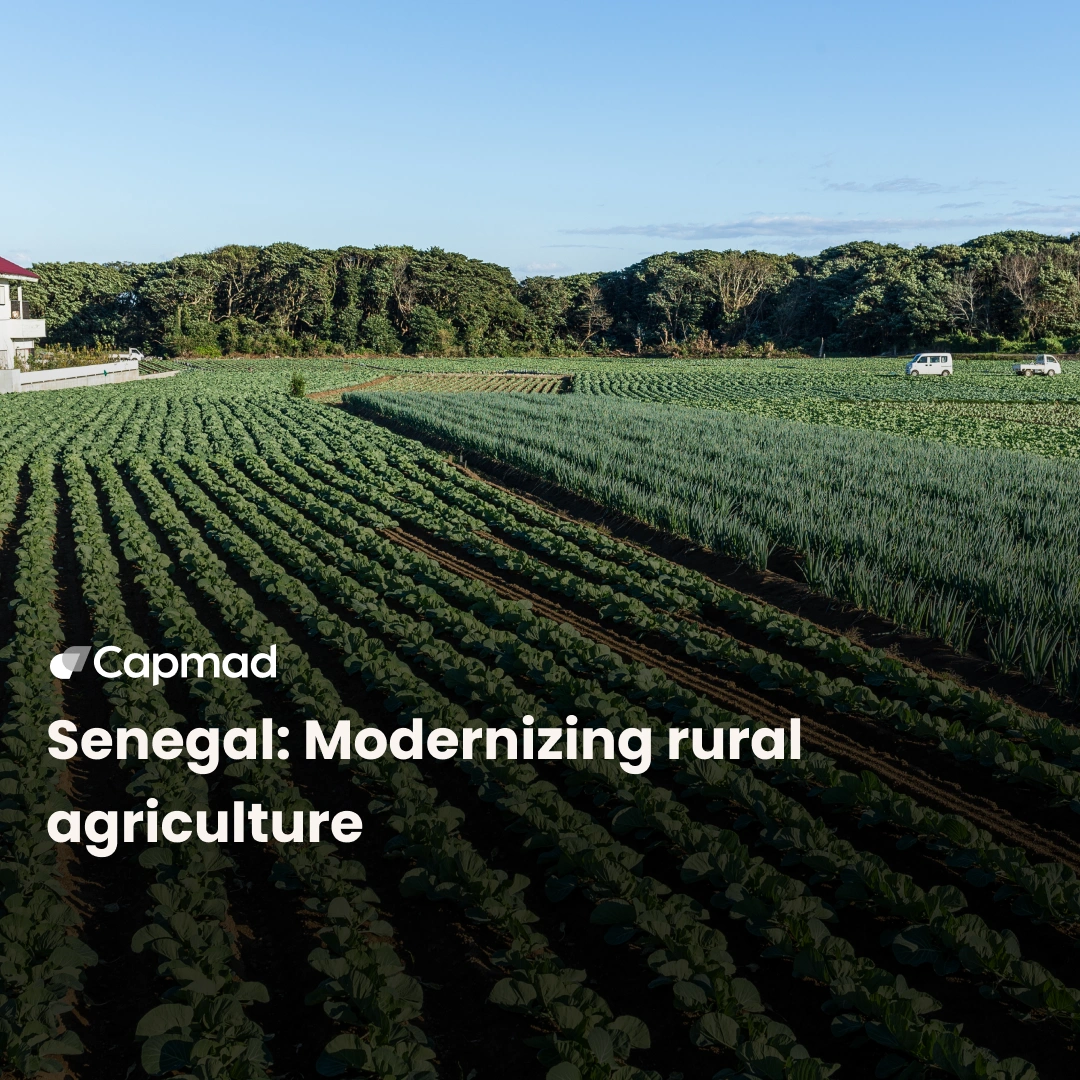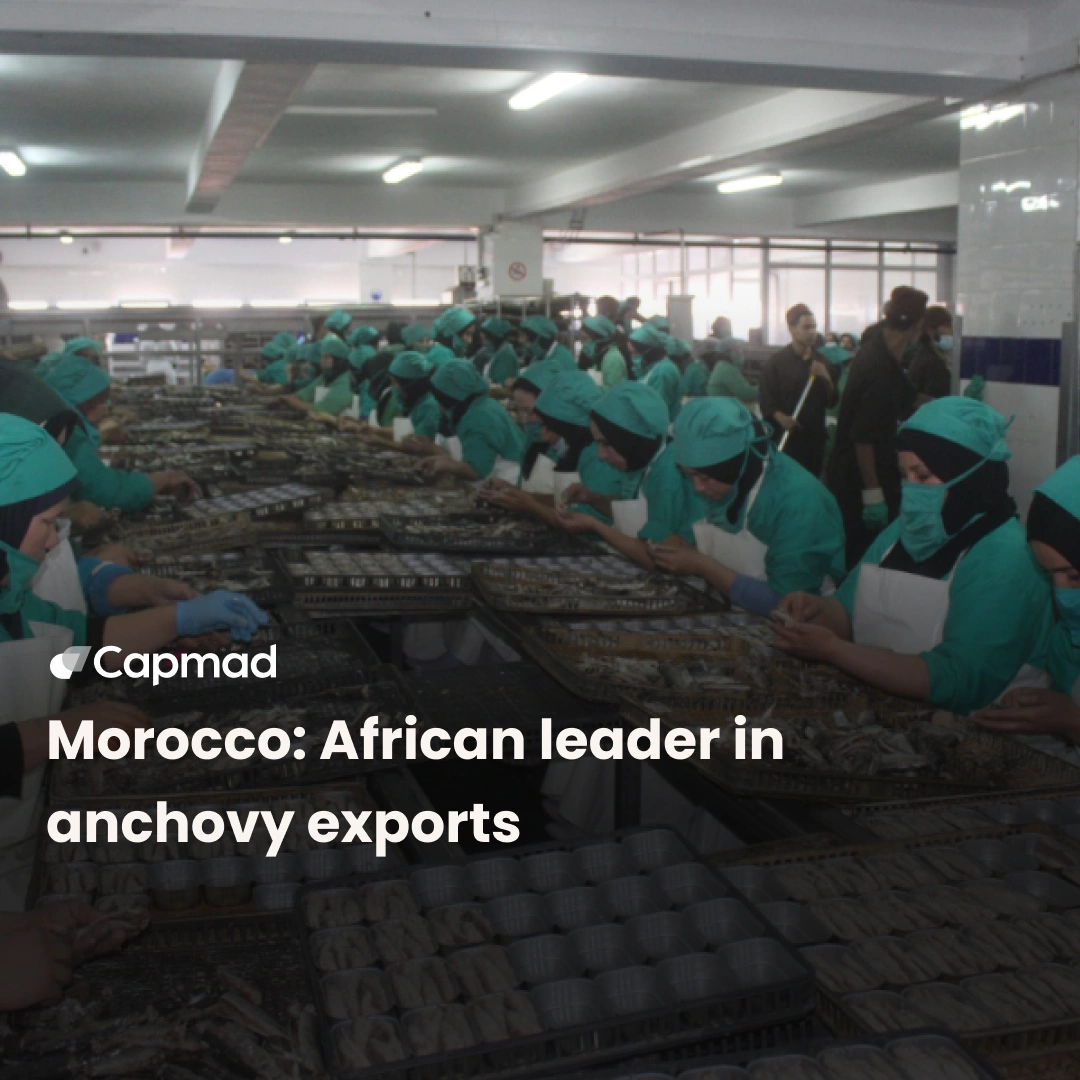Despite its pivotal role in development, agriculture in Africa grapples with significant financing gaps. Nevertheless, bolstering the agricultural sector is imperative for achieving food self-sufficiency and elevating the continent’s GDP.
Investing in agriculture : Catalyst for development
Agriculture carries immense social and economic significance in Africa, yet its potential must be explored. According to McKinsey & Company, smallholder farmers constitute nearly 60 % of the population in the Sub-Saharan region. However, the sector’s contribution to the GDP of this area stood at only 17.3 % in 2022.
Agricultural production in Sub-Saharan Africa is rising, emerging as the fastest-growing in the world over the past two decades. Paradoxically, a considerable portion of the food consumed on the continent is imported.
Unlocking agricultural potential for food security
In a recent analysis, McKinsey asserts that Africa has the potential to increase its cereal production by 2 to 3 times, representing a 20 % increase compared to the globally produced 2.6 billion tons. Similarly, horticultural crops and livestock also boast similar production capacities.
Realizing this potential necessitates substantial investments, including an 8-fold increase in fertilizers and a 6-fold increase in improved seeds. The Sub-Saharan region requires at least 65 billion USD for investments in irrigation systems and 8 billion USD for basic storage facilities. Moreover, additional expenditures in cold chain infrastructure are anticipated.
African governments must prioritize effective management and promote regional trade. Improvements in policies, road infrastructure, and energy are imperative. Some countries need to make significant investments in port infrastructure to facilitate the export of agricultural products.
Understanding the private agricultural financing deficit
Many farmers require additional financial resources to acquire adequate inputs and modern equipment to enhance their operations. The majority of subsistence farmers finance their plantations without any cash reserves. However, direct financing for agriculture remains limited in Africa, with financial institutions perceiving the sector as costly and highly risky.
Challenges in accessing credit
Agricultural activities are predominantly in rural areas, often within the informal sector and comprising numerous micro-entities. The geographical distance between bank branches and farming locations presents a significant barrier.
In rural areas, road infrastructure frequently requires improvement, increasing the risks associated with fund transportation. Agricultural financing often involves significant amounts for equipment acquisition and general farming.
Furthermore, investors with long-term resources typically focus solely on large-scale productive activities. Conversely, banks prefer to finance exporters with established profitability and access to international markets.
Smallholder farmers struggle to obtain financing due to their limited education and lack of collateral. Additionally, deficiencies in judicial systems further exacerbate these challenges.
Mitigating risks in agricultural financing
Financial institutions in Sub-Saharan Africa require increased support to engage effectively in the agricultural sector. Small-scale farmers encounter difficulties accessing private financing primarily due to four significant risks:
- Production variability
- Lack of diversification
- Impact of climatic conditions, including water access
- Marketing challenges
Agricultural loans often feature medium to long-term repayment periods, reflecting the extensive time required for production cycles. Moreover, financial institutions need assistance maximizing the profitability of loans disbursed for small amounts. The operational costs associated with servicing these loans outweigh the potential returns on investment.
Interest generated from small loans is typically modest due to their limited amounts. Consequently, despite the significant resources financial institutions allocate to grant these loans, the profit margins from interest can be restricted. In such scenarios, the profit margin, defined as the difference between revenues and costs, may be severely diminished.
Exploring financing options for agricultural projects
Several guarantee models can enhance direct agricultural financing in Africa. The fluctuations and inherent uncertainty in agricultural production underscore the importance of promoting preventive savings in rural areas. This financial strategy can serve as collateral and facilitate the granting of loans to farmers. However, financial literacy is required to foster a savings culture and increase financial inclusion in remote areas.
Strategies for guarantee and financing
Tangible assets such as property titles and equipment can serve as collateral for farmers’ loans. In cases where borrowers have limited resources, third parties such as governments, financial institutions, or non-governmental organizations can establish guarantee funds.
Farmers can use warrants to secure a loan while storing their production during the marketing phase. Warehouse receipts act as collateral, enabling farmers to avoid immediate sales of products on the market. Micro-leasing, particularly relevant for small businesses and individuals in Africa, involves leasing low-value assets like agricultural tools rather than high-value goods like industrial equipment.
Exploring alternatives to direct loans
Funding agencies such as the World Bank or the International Fund for Agricultural Development (IFAD) provide financial support to agriculture. Additionally, some African governments implement financing programs to assist farmers. These programs may offer loans at low interest rates or subsidize the purchase of agricultural equipment. Each option presents its advantages and challenges, and selecting the most suitable choice will depend on the specific circumstances of each farm project. Combining multiple options to maximize the likelihood of success is also feasible.






